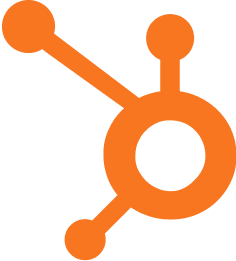Pages Per Session: Key Web Analytics Metric

Published on: October 01, 2024
Pages Per Session is a crucial web analytics metric that measures the average number of pages viewed during a single user session on a website. This metric provides valuable insights into user engagement, content quality, and overall website performance. 📊
Understanding Pages Per Session
Pages Per Session is calculated by dividing the total number of pageviews by the total number of sessions. The formula is:
$\text{Pages Per Session} = \frac{\text{Total Pageviews}}{\text{Total Sessions}}$
For example, if your website received 1,000 pageviews across 200 sessions, your Pages Per Session would be 5.
Importance in Marketing and Revenue Operations
Understanding Pages Per Session is crucial for several reasons:
- User Engagement: Higher Pages Per Session often indicates that users find your content valuable and are exploring multiple pages.
- Content Quality: It reflects how well your content resonates with your audience and encourages further exploration.
- Website Structure: A low Pages Per Session might suggest navigation issues or poor internal linking.
- Conversion Potential: More pages viewed can increase the chances of users finding what they're looking for, potentially leading to higher conversion rates.
Pages Per Session in Google Analytics 4 (GA4)
In GA4, Pages Per Session is not a default metric but can be calculated using the following formula:
$\text{Pages Per Session} = \frac{\text{Views}}{\text{Sessions}}$
To find this data in GA4:
- Go to the Reports section
- Navigate to Engagement > Pages and screens
- Add 'Sessions' as a metric
- Calculate Pages Per Session using the formula above
Benchmarks and Optimization
While benchmarks vary by industry, a general rule of thumb is:
| Pages Per Session | Performance |
|---|---|
| 1-2 | Poor |
| 2-3 | Average |
| 3-5 | Good |
| 5+ | Excellent |
To improve Pages Per Session:
- Enhance internal linking
- Improve site navigation
- Create compelling, relevant content
- Optimize page load times
- Use clear calls-to-action (CTAs)
Common Misconceptions
Be aware that a high Pages Per Session isn't always positive. It could indicate that users are struggling to find what they're looking for. Always analyze this metric in conjunction with other KPIs like bounce rate and average session duration for a comprehensive view. 🧐
Implementation in Your Marketing Stack
To effectively use Pages Per Session in your marketing strategy, ask yourself:
- How does our Pages Per Session compare to industry benchmarks?
- Are there specific pages or content types that drive higher Pages Per Session?
- How can we improve our site structure to encourage more page views?
- What impact do our marketing campaigns have on Pages Per Session?
- How does Pages Per Session correlate with our conversion rates and revenue?
By regularly analyzing and optimizing your Pages Per Session, you can enhance user engagement, improve content strategy, and ultimately drive better business results. 🚀
For more insights, check out our articles on product engagement score and sales per employee.
















